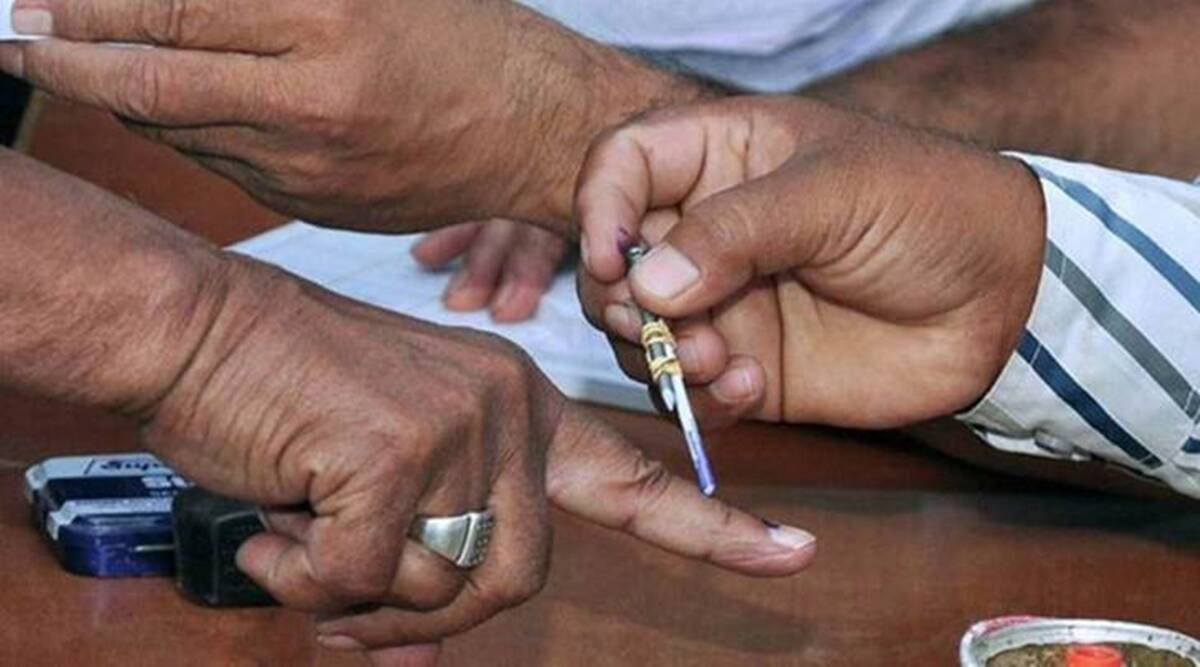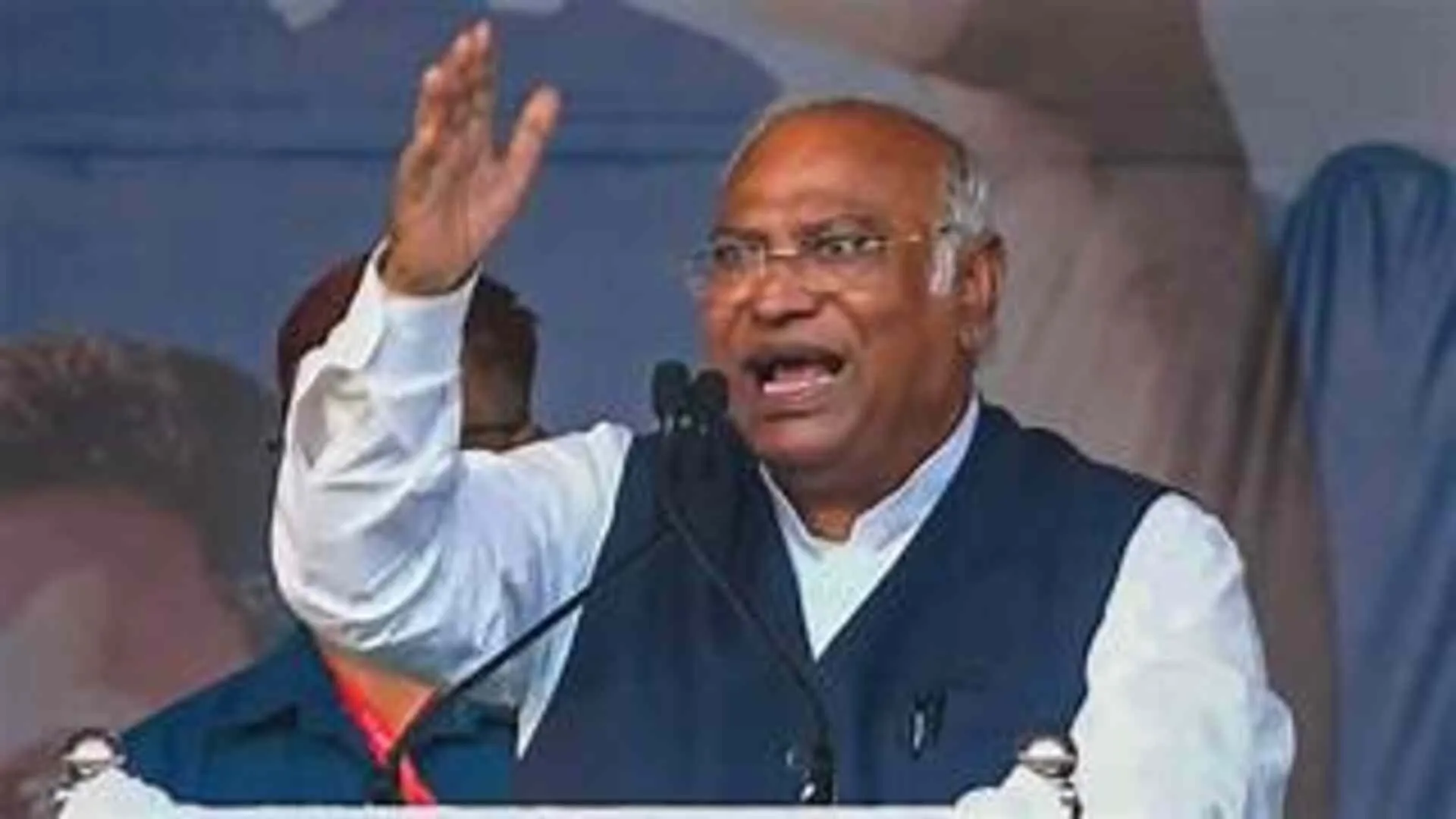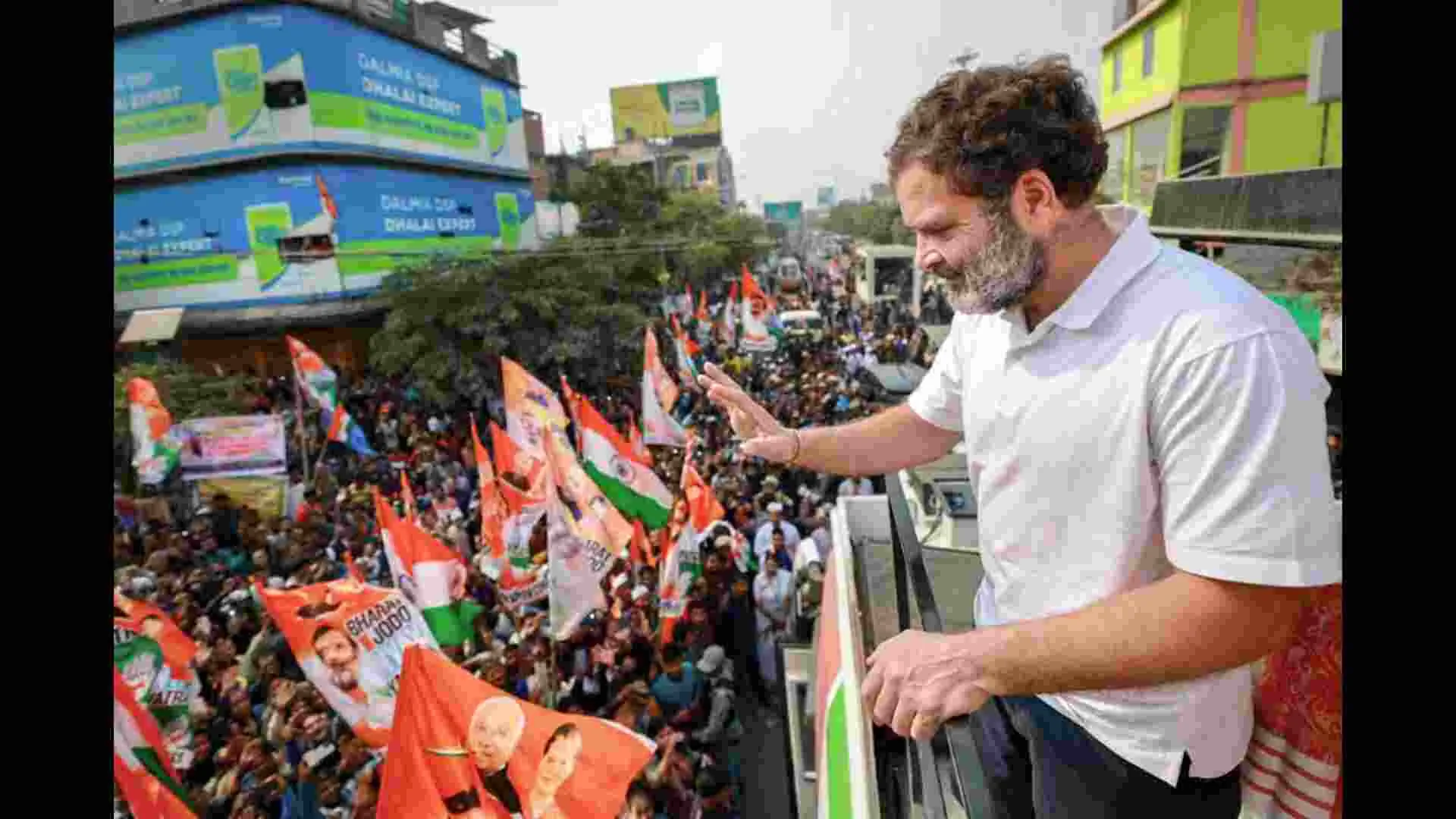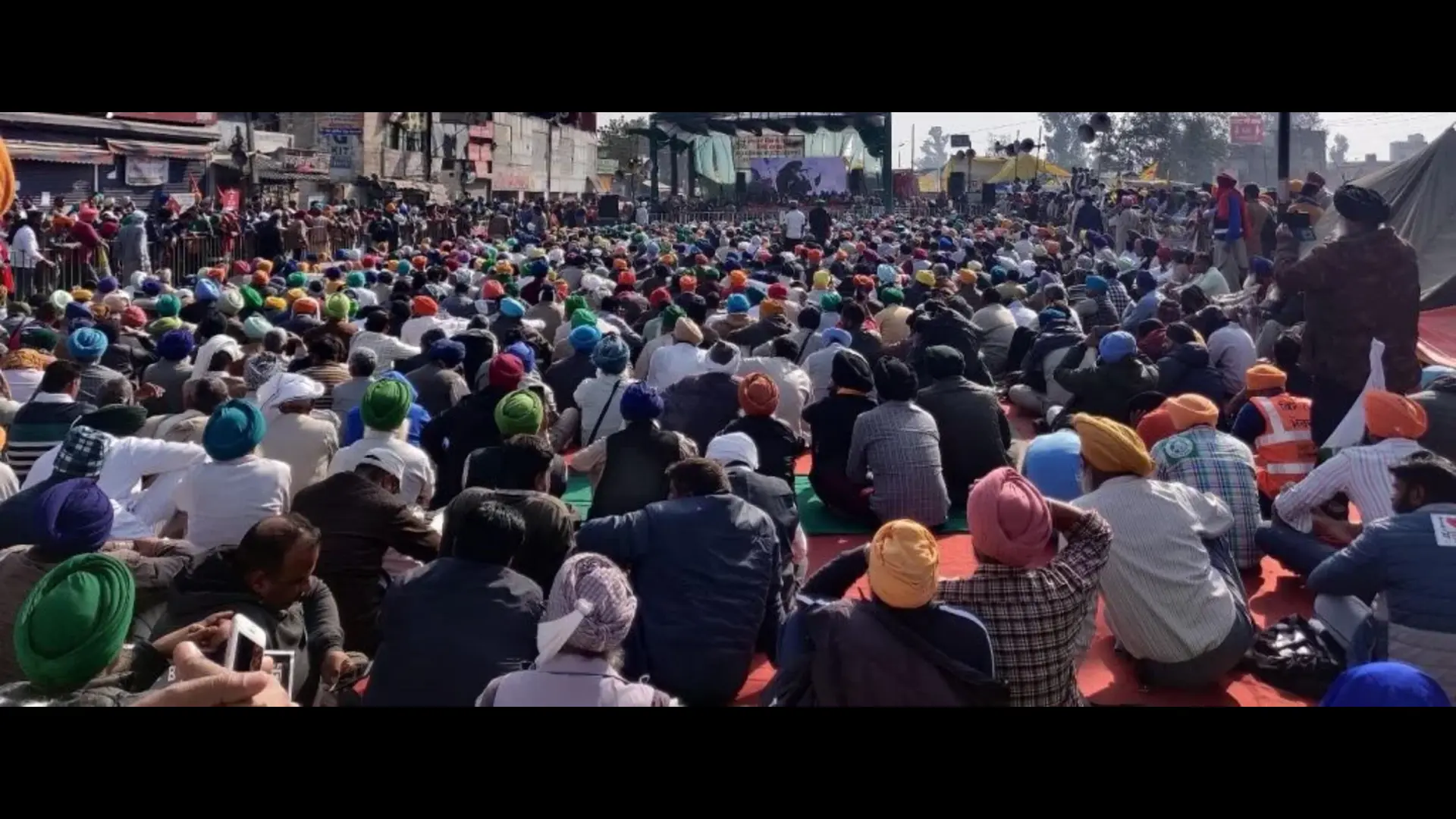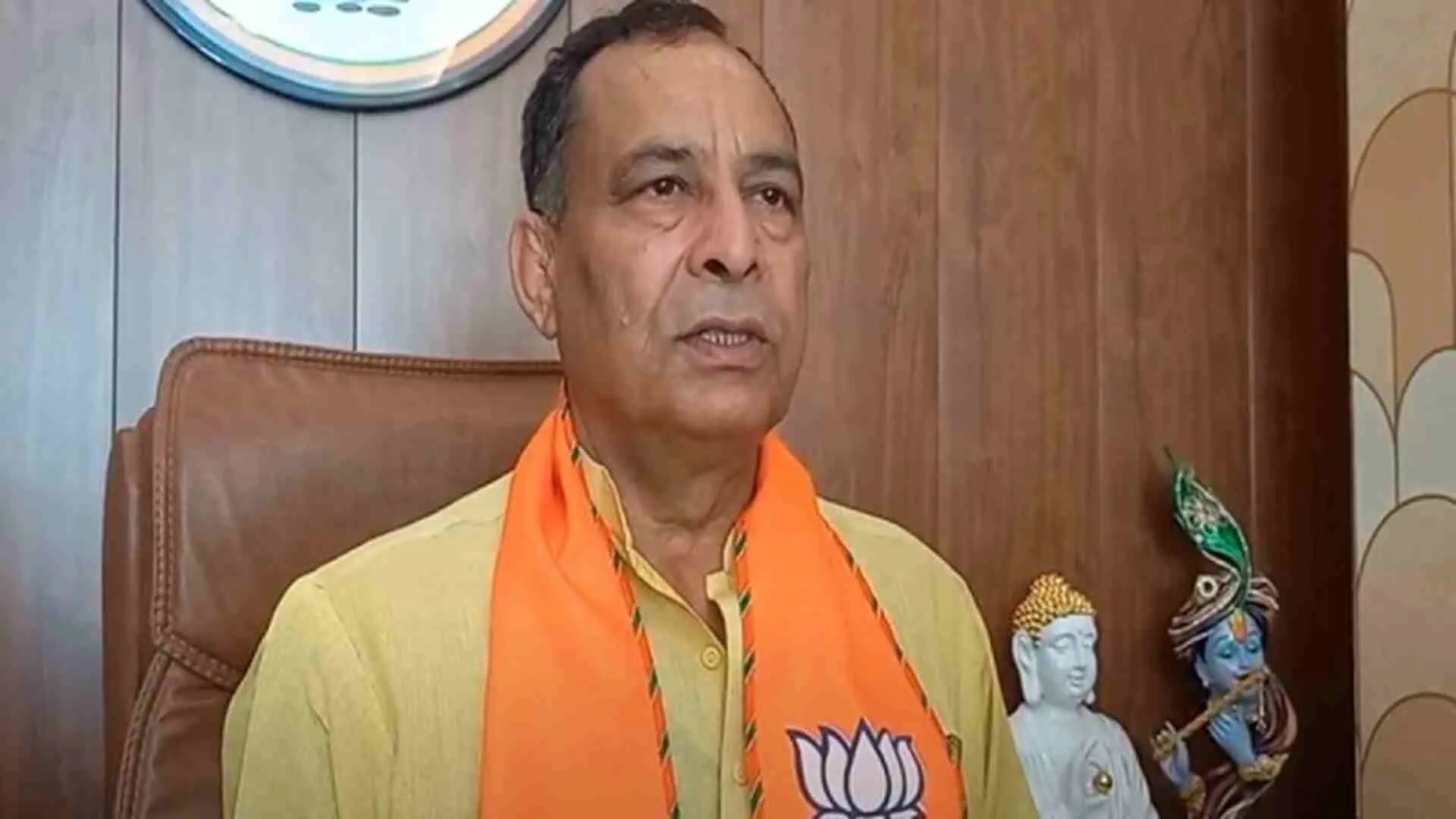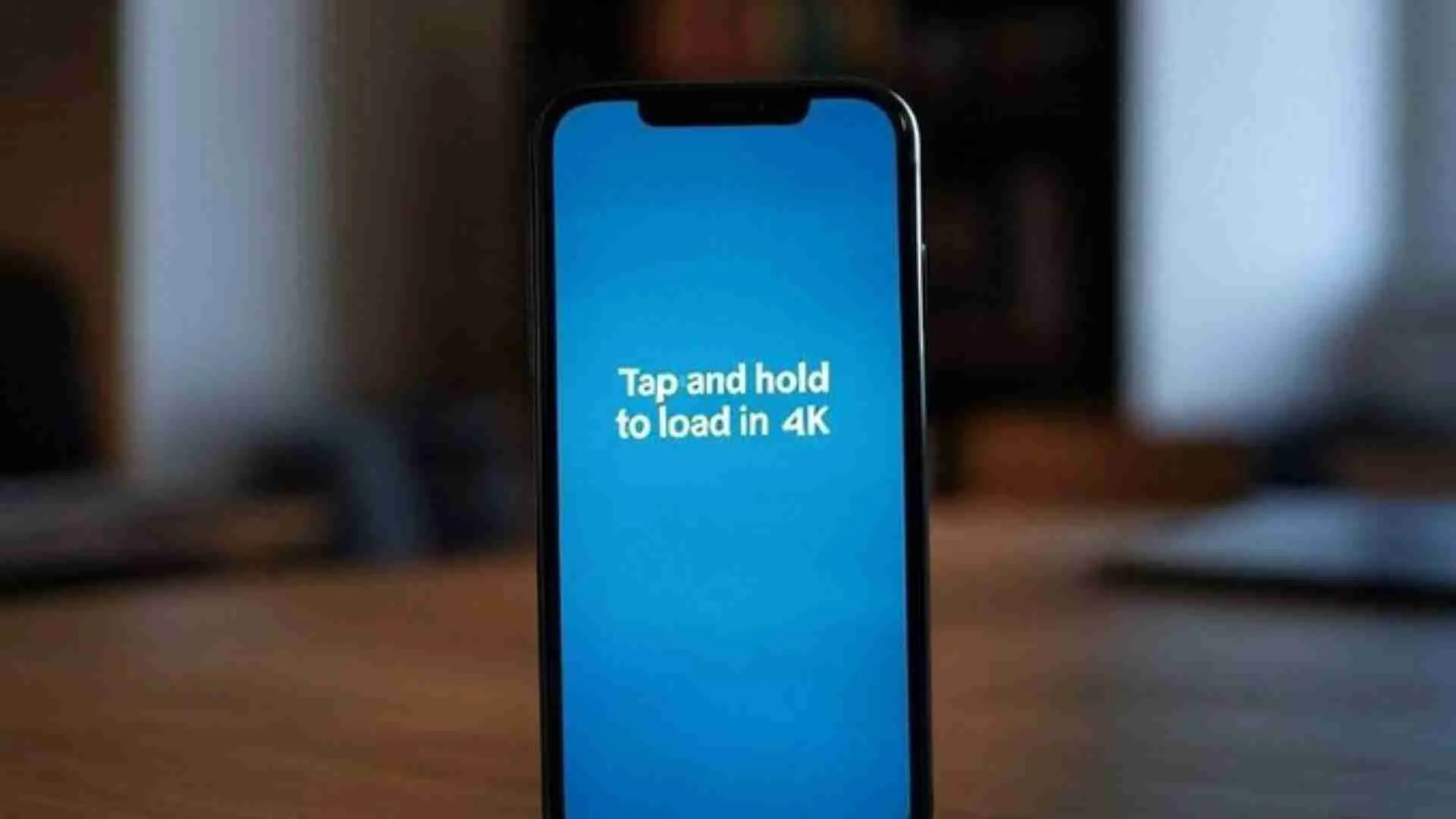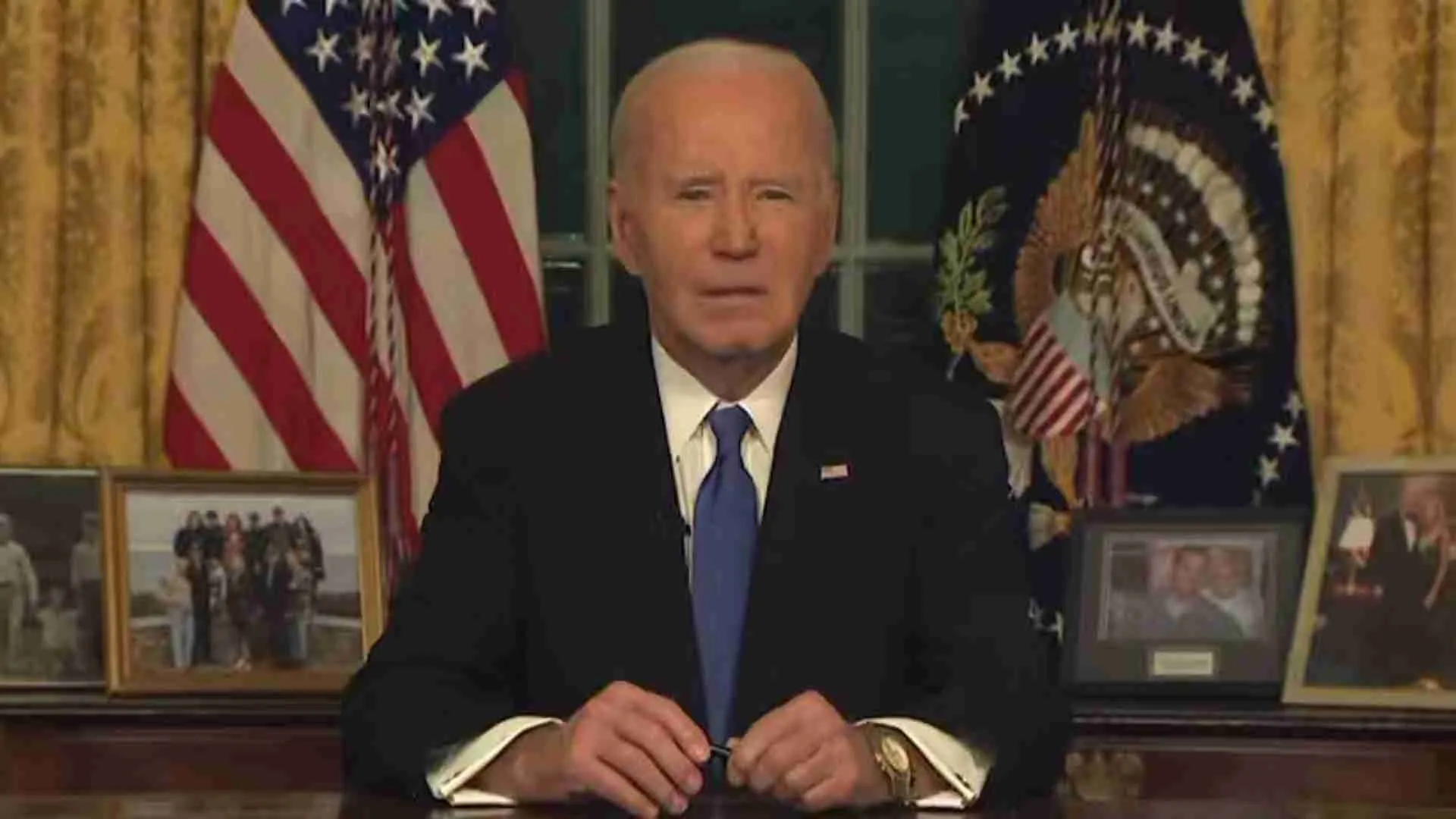The winners of the 2024 Lok Sabha elections are anticipated to establish a new government by mid-June after the votes are counted on June 4. Analysts largely expect Prime Minister Narendra Modi to secure a third consecutive term, as predicted by opinion polls conducted before the voting commenced.
Vote Counting Process
Vote counting is decentralized and takes place simultaneously at counting stations in each of the 543 constituencies across India. The process begins at 8 am on June 4, starting with the tallying of postal ballots. These ballots are used by select groups, including people with disabilities, individuals involved in essential services such as security forces, and some government officials.
After the postal ballots are counted, the votes recorded in Electronic Voting Machines (EVMs) are tallied. India has utilized EVMs for national and state elections since 2000, moving away from paper ballots.
Criticism of the Process
Each vote cast through the EVM generates a corresponding paper slip, visible to the voter and stored in a sealed box. The Election Commission of India (ECI) counts and verifies these paper slips against electronic votes at five randomly selected polling stations in each constituency.
While critics and some civil society members, including political parties, advocate for verification at more booths to enhance transparency, the Supreme Court has declined to mandate any changes in the vote-counting process. The ECI has refuted claims that EVMs can be tampered with, calling them foolproof.
Forming the Government
Results are announced for each constituency as soon as counting is completed. India follows the first-past-the-post system, where the candidate with the highest number of votes wins, regardless of whether they secure a majority.
Result trends typically become clear by the afternoon of counting day and are broadcasted on television news networks, with the official count from the ECI coming hours later.
Once the ECI announces results for all 543 seats, the president invites the leader of the party or alliance with more than half the seats to form the government. The party or coalition with 272 or more seats then selects a prime minister to lead the government.
In the 2019 elections, PM Modi’s Bharatiya Janata Party won 303 seats, and its National Democratic Alliance partners secured about 50 more. The main opposition, Congress, won just 52 seats, with another 91 seats going to its allies.
If no party or alliance achieves a simple majority, leading to a “hung house,” the president asks the party with the largest number of seats to form a government and prove a majority on the floor of the house later.
Will PM Modi Win Again?
Opinion polls conducted before voting began on April 19 projected a likely victory for PM Modi, securing a rare third consecutive term. However, a lower voter turnout and a more unified opposition compared to 2019 have posed unexpected challenges for him. Most analysts, however, believe he is still likely to win.

